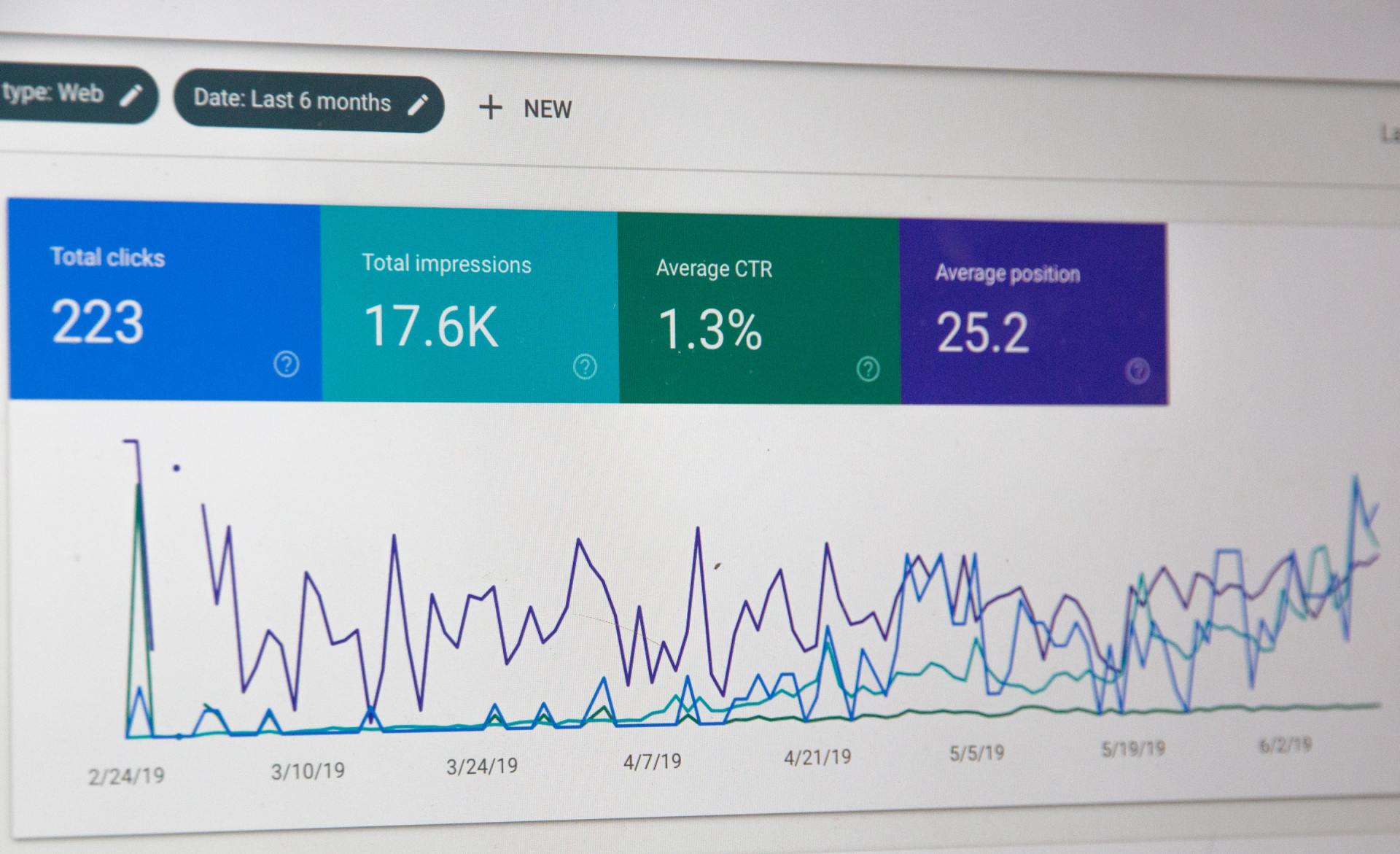
Small Business Statistics: Key Trends & Economic Impact
By
Salt Creative
Sept 24,2025 1:30 PM MST
Small businesses are the backbone of the U.S. economy, driving innovation, employment, and community growth. Below is a compilation of
compelling statistics highlighting their impact, challenges, and trends in 2025, drawn from recent data and insights.
Sheer Scale:
As of 2025, there are 34.8 million small businesses in the United States, accounting for 99.9% of all U.S. businesses, showcasing their dominance in the economic landscape.
Employment Powerhouse:
Small businesses employ 61.6 million workers, representing 45.9% of the total U.S. workforce, making them a critical driver of job creation.
Economic Contribution:
These enterprises contribute 43.5% to the U.S. GDP, underscoring their significant role in economic output.
Job Creation:
In the latest year of data, small businesses added 2.6 million net new jobs, reinforcing their position as key players in employment growth.
State Leadership:
California hosts the highest number of small businesses at 4.2 million, while Montana leads in small business employment share, with 65.9% of its workforce in small firms.
Optimism Surge:
The Q3 2025 MetLife and U.S. Chamber of Commerce Small Business Index reached a record high of 72.0, up from 65.2 in Q2, reflecting strong confidence in economic conditions.
Cash Flow Comfort:
31% of small business owners reported being very comfortable with their cash flow in Q3 2025, a notable increase from 23% in the previous quarter.
Hiring Trends:
Only 32% of small businesses had unfilled job openings in August 2025, the lowest since July 2020, indicating a slowdown in hiring amid economic uncertainty.
Growth Resilience:
Despite challenges, 56% of small businesses reported revenue growth in the past year, demonstrating adaptability in a volatile economy.
Workforce Stability:
90% of small businesses either maintained or expanded their workforce in 2025, with 49% increasing wages in the last three months.
Investment Priorities:
Small businesses are focusing 2025 investments on marketing (28%), sales (25%), customer experience (22%), and technology (20%) to drive growth.
Financial Planning:
21% of small business owners regularly consult business bankers for cash flow management, financial planning, and tax strategies, reflecting a proactive approach.
Industry Breakdown:
The top industries for small businesses include professional services (16%), construction (12%), retail (11%), and healthcare (10%), showcasing sector diversity.
Entrepreneurial Demographics:
19% of small business owners are minorities, and 41% of small businesses are women-owned, highlighting increasing diversity in entrepreneurship.
Digital Adoption:
78% of small businesses now use digital tools for operations, with 65% leveraging social media for marketing, a 10% increase from 2024.
Inflation Concerns:
Inflation remains the top challenge for 50% of small business owners, prompting many to adjust pricing strategies to maintain profitability.
Why These Small Business Statistics Matter
These statistics paint a vibrant picture of small businesses in 2025, balancing optimism and challenges while fueling economic growth. Their adaptability and contributions continue to shape the U.S. economy profoundly.




